KNIT MAGAZINE
- Knit Products
The Basics and Applications of Warp Knitting

- Post date:
- March 11, 2025 07:30
- (Update: April 8, 2025 20:51)
KNIT MAGAZINE

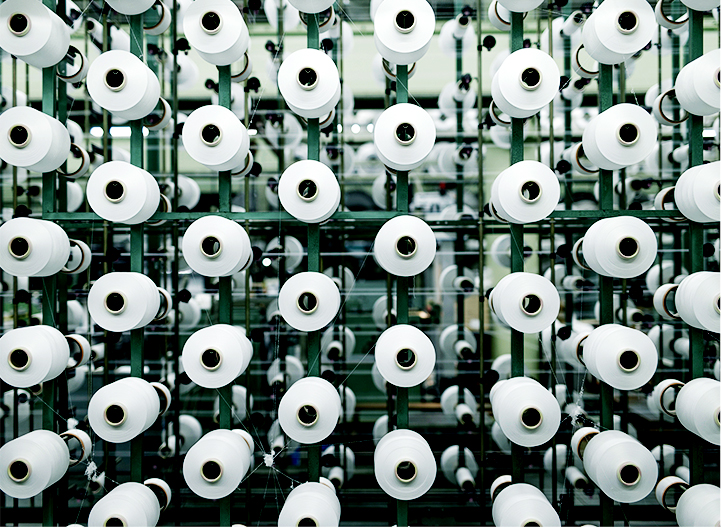

This time, I’m taking a deep dive into warp knitting (Tateami), something I haven’t introduced before.
Although I’ve been involved in textiles for many years, my knowledge of warp knitting was limited to seeing it at stalls—I had never really explored it in depth.
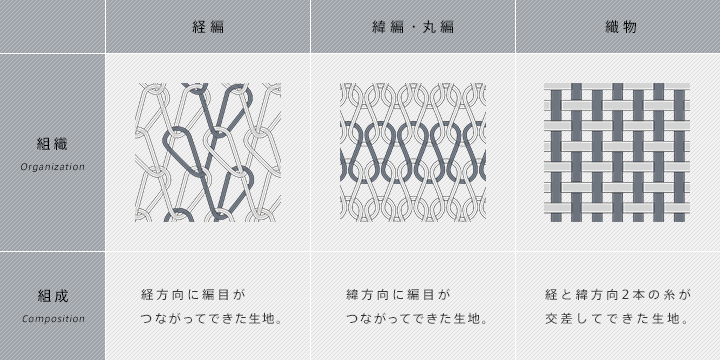
As shown in the table, textile fabrics are categorized into warp knitting (vertical knitting), weft knitting (horizontal knitting), circular knitting, and woven fabrics.
Among these, knitting is further divided into circular knitting, warp knitting (Tateami), and weft knitting (Yokoami).
Table of Contents
Warp knitting machine
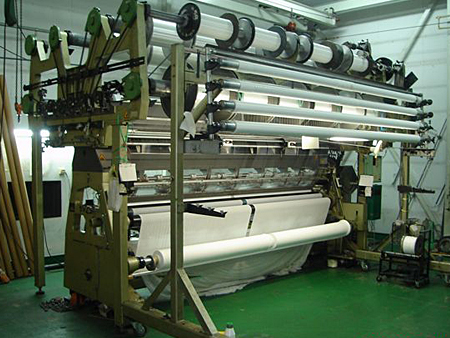
(Representative organization of Tricot)
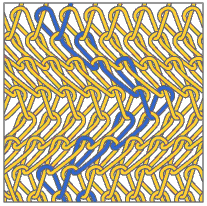
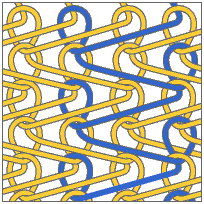
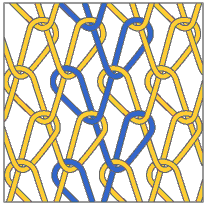
Warp knitting is a technique in which multiple warp yarns, arranged in parallel, interlace to form a mesh-like structure in the vertical direction.
One of its key features is its high productivity, allowing for the creation of a firm, structured fabric that sits between woven fabric and weft knitting (Yokoami) in terms of texture and appearance.
Additionally, warp-knitted fabrics are generally thinner compared to weft-knitted ones. Because fluffy spun yarns (short fibers) are difficult to knit using this method, most warp-knitted fabrics are made with filament yarns (long fibers).
There are several types of warp knitting, including tricot, Milanese, and raschel, with tricot being the most commonly used for clothing.
The raw yarn is precisely adjusted, with approximately 600 to 800 yarns wound onto a beam (bobbin).
A large number of threads are wound in parallel at a constant speed while maintaining uniform tension. To ensure smooth processing in the subsequent knitting stage, strict quality control is essential. This includes the use of a fluff detector and a yarn count measuring device to identify and prevent potential issues.
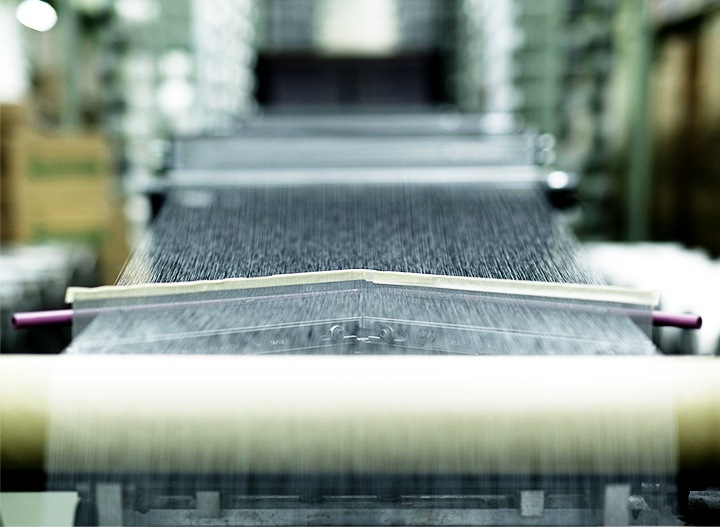
In the warping process, the raw yarn wound around the beam (bobbin) is set on the knitting machine for knitting.
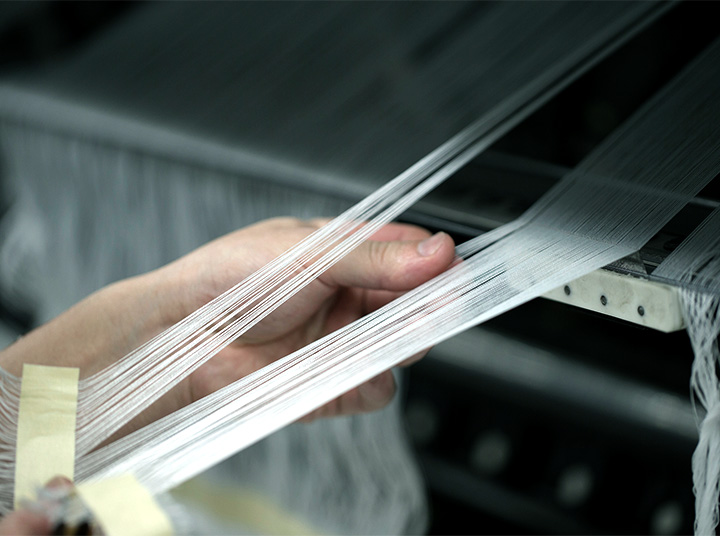
Various checks are often done by craftsmen.
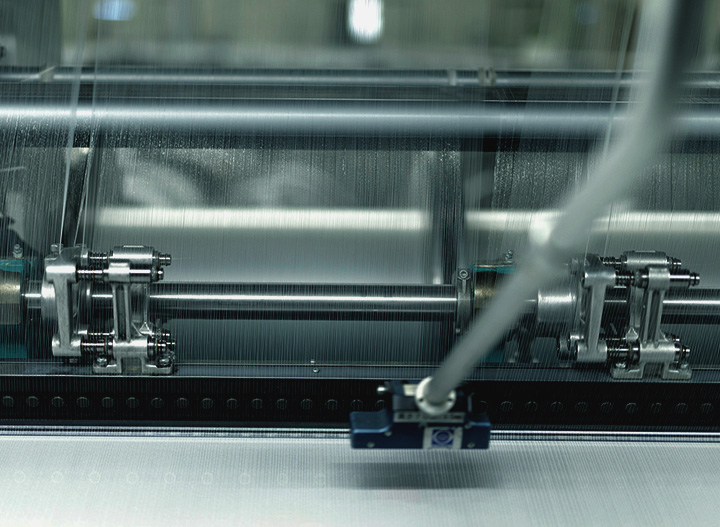
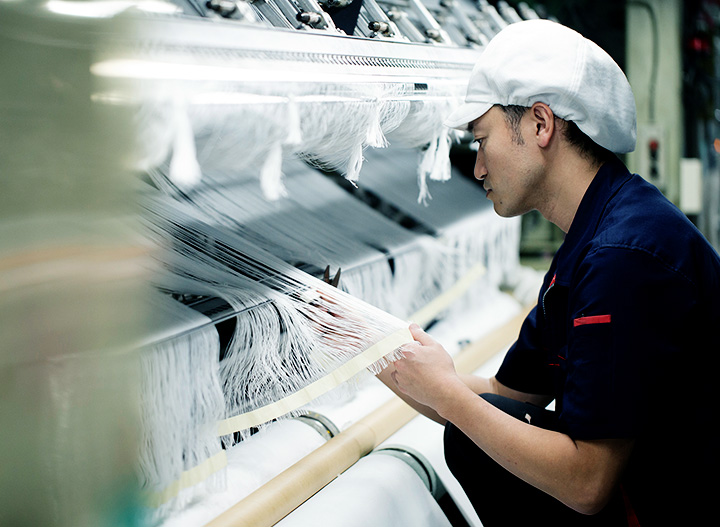
Visual inspection is required even under digital control.
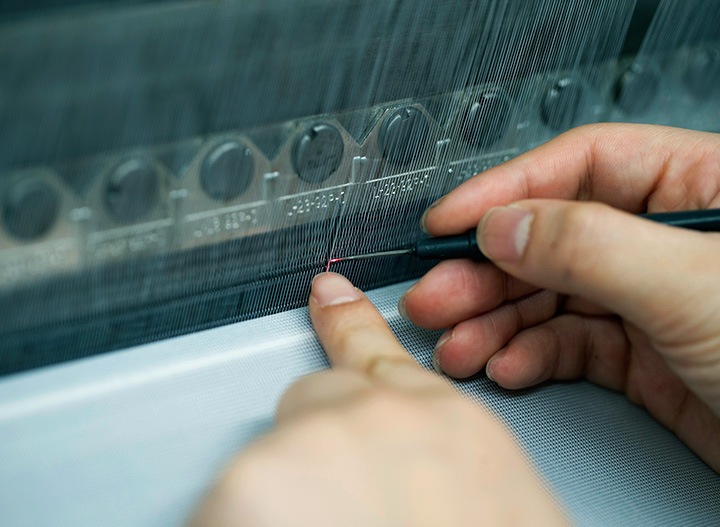
Finally, it is knitted into a roll like this.
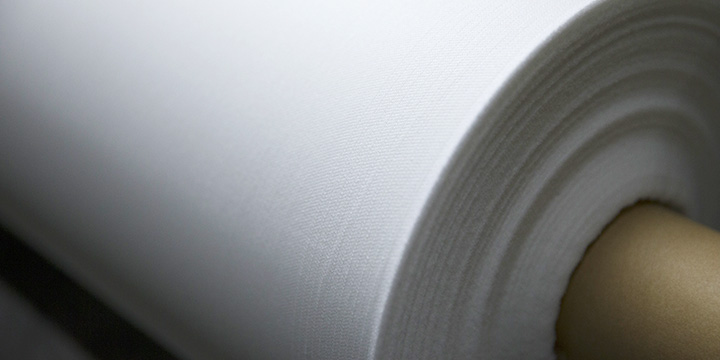
After knitting, the fabric undergoes a washing and texture-processing step known as “rearranging.” Once this process is complete, the fabric is shipped to the sewing factory for the next stage of production.
By utilizing yarns with excellent elasticity, shape stability, and a pleasant texture, as well as various functional properties such as heat retention, moisture absorption and quick drying, antibacterial effects, and deodorization, warp-knitted fabrics are widely used in innerwear (underwear), sportswear, and fitness wear. Additionally, they are commonly used as materials for car seat covers.
Furthermore, warp knitting played a key role in a groundbreaking innovation—the use of silk, originally developed for artificial hearts, in the creation of artificial blood vessels. This invention became the basis for a novel, Downtown Rocket: Gaudi Project.

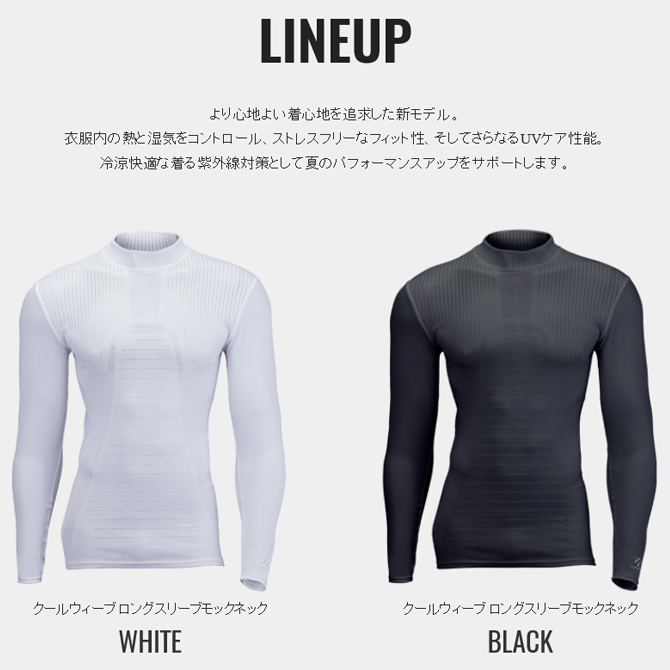
How was that, everyone?
Warp knitting may be thin, but it’s actually used in many familiar items like underwear, sportswear, and seat covers!
See you next time!
— Image source –
Image source https://kurosu.info/system/
Image source apparelx-news.jp/apparel-material/fabric/tricot1121
Image source http://www.imaikigyo.ecweb.jp/production/warping_process/
Subscribe Now
To receive the latest updates and insights, subscribe to our newsletter.
Contact Us
For further inquiries regarding this article, please feel free to contact us.